How the model village of Stewartby is split over its new waste incinerator
- Published
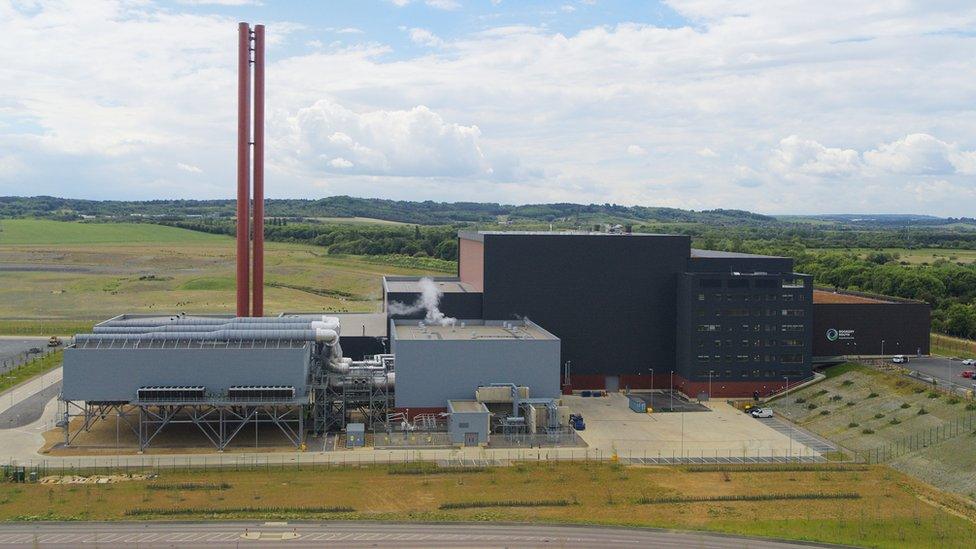
The Rookery South Energy Recovery Facility was fully switched on on 17 January 2022
Built on Garden City principles in the 1920s to house the workers of the London Brick Company, the model village that became known as Stewartby in Bedfordshire is no stranger to chimneys. But while brick production here stopped in 2008 and the old chimneys have gone, a new facility has risen in their place - a £450m waste incinerator. And its presence has strongly divided public opinion.
Switched on in January, the Rookery South Energy Recovery Facility, external will process 550,000 tonnes of household waste each year and generate enough electricity to power 112,500 homes.
Those behind the plant claim it provides an essential service, taking away rubbish that cannot be recycled and turning it into steam, carbon dioxide and material for road-building.
Yes, it produces contaminants, supporters admit, but only at concentrations way below EU and UK limits.
Others, however, are not convinced and have serious doubts about living in the shadow of the incinerator.

'A public hygiene service'
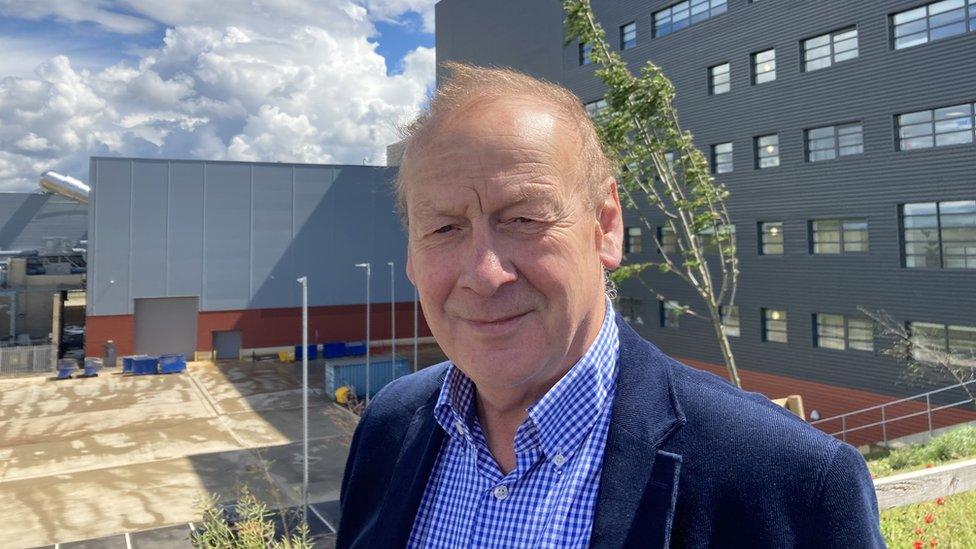
Neil Grimstone says in September they plan to open a visitor centre at the facility
About 150 lorries arrive daily at the Covanta-run facility in Stewartby. They bring black-bin waste from Bedfordshire, Hertfordshire, Northamptonshire, Milton Keynes, Norfolk and Wales, as well as commercial business waste from London and Birmingham.
Within just six months it is running at full capacity, says general manager Neil Grimstone.
"We easily fill the plant," he says. "We have plenty of waste we've got people calling us trying to place waste all the time, we can't take any more."
When construction started in January 2019, Covanta said rubbish would be brought in on trucks within a 60-mile (97km) radius.

Rubbish from several counties is sent to the site on lorries and unloaded into a vast space
Mr Grimstone says no restrictions were ever placed on where waste could come from, though he added lorries from Wales would "be stopping soon".
The waste is burned at 900C (1652F).
What comes out of the tall red chimney, says Mr Grimstone, is "steam, hot air, carbon dioxide and a small amounts of contaminants (acid gases, dust and nitrogen oxides) at concentrations way below EU and UK limits".
"People think it's smoke, as it can be dark or orange colour, but it's a sign it's running," he says.
"This is a public sanitation service, the energy produced is a by-product, as we take waste that cannot be recycled."
Incineration, he says, "destroys bugs, viruses and odours making it a public hygiene service".
The remaining ash is sent to Derbyshire where it is combed through for recoverable metals before being sent off once again for road building.

'We don't know the effect yet'
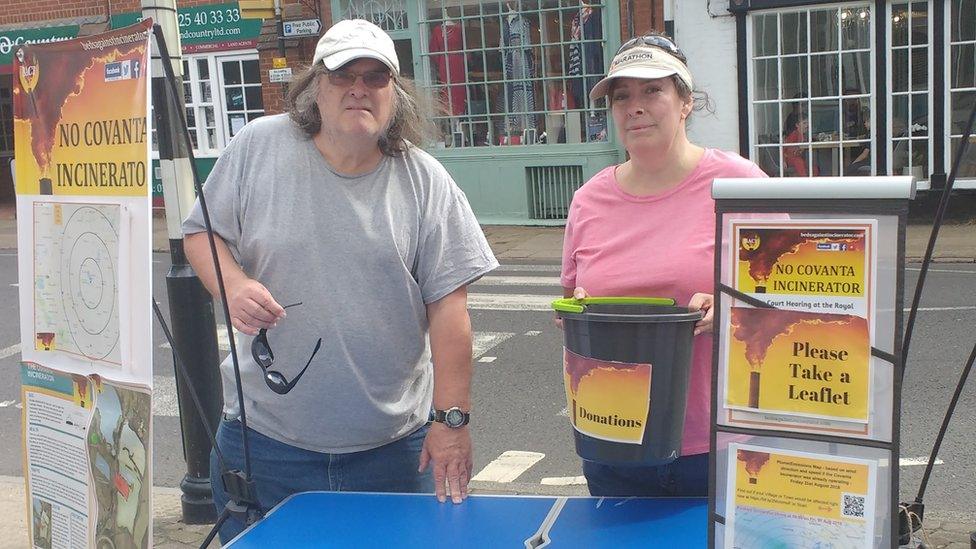
Colin Raine and Nicola Ryan-Raine campaigned against the building of the incinerator for several years
Nicola Ryan-Raine, a member of Bedfordshire Against Covanta Incinerator, external, lives in Marston Moretaine about a mile (1.6km) from the incinerator.
The group lost both a judicial review in November and its appeal against the issuing of a permit to Covanta by the Environment Agency.
Her main concern is not what is "visible" coming out of the long red chimney, she says, but "the particles you can't see coming out, they can't be captured".
"It's sky fill," she says. "We're breathing in those chemicals.
"We don't know the effect yet."
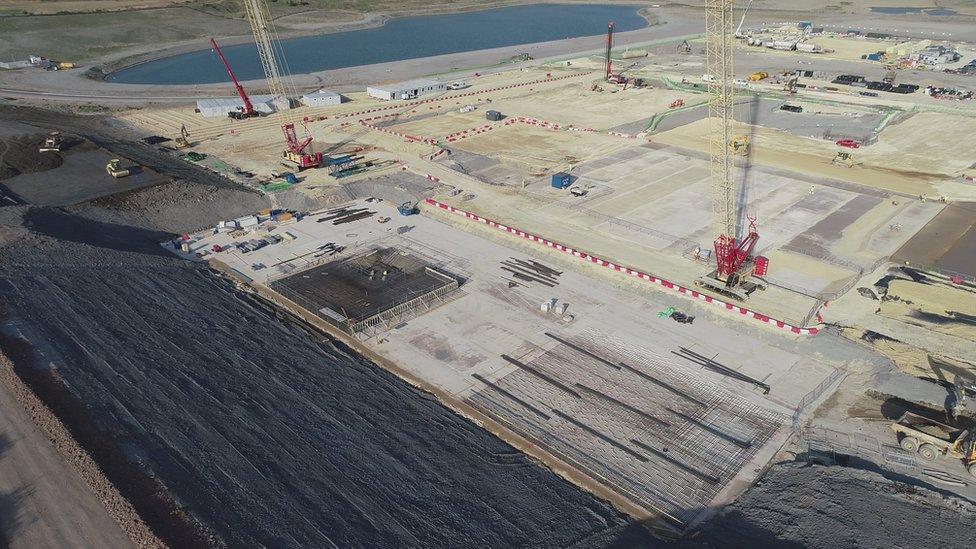
The site took three years to build and now employs 60 members of staff
She has other concerns too.
"I'm not happy with the distance rubbish is coming from, it's getting ridiculous," she says.
"I wanted it stopped before it was built.
"Landfill is bad, but this is not the alternative," she says.

'There's a divide'

Emma Ashton says some people are for the incinerator while others are not
Emma Ashton, has lived in Stewartby for seven years, was not too keen about it being built.
"it's quite an imposing building but it seems like now you don't really see it you don't really hear it," she says. "The only thing is [that] the lorries do back up sometimes.
"For me personally it hasn't had any effect."
Ms Ashton prefers the incinerator to the old brickworks.
"Sometimes you see some steam on a cold day but it is an improvement when the brickworks were in operation, as you could smell sulphur," she says.
The views of those whose hair she tends is varied.
"There are those that are either dead set against it and there are those that aren't bothered at all, there is a divide," she says.

'I have no gripe with it'
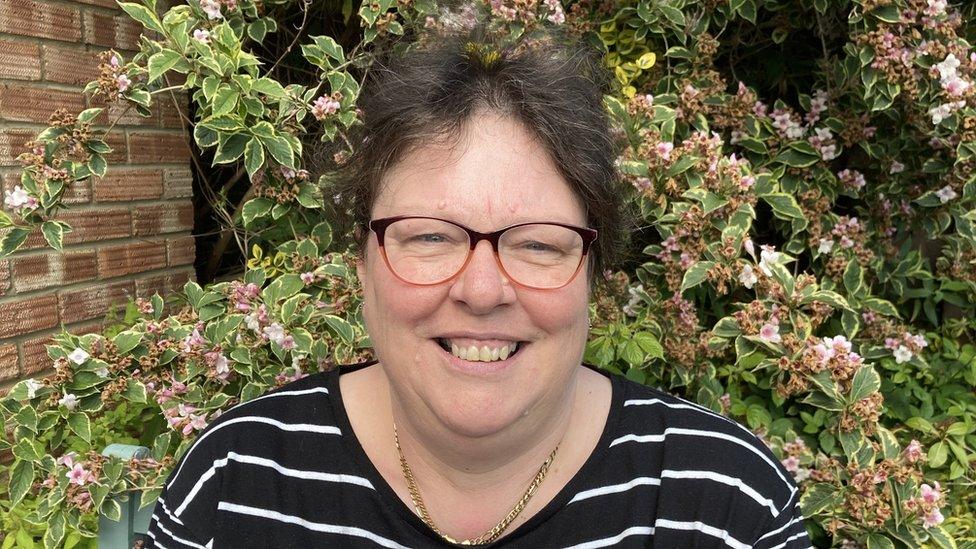
Sally Law the incinerator has not impacted on her at all and she lives close to the site
"I have no problems with it at all, we can't hear it", says Sally Law, who has lived in Stewartby for the past 22 years and whose house is close to incinerator,
"Sometimes you can see black smoke but it's not every day and every time," she says.
"I have no gripe with it."
She says Covanta has been proactive within the community and paid for a disabled ramp at the village hall.
"There will always be people against it because there's always people against anything that comes in that's new."

'Dreadful, massively oversized incinerator'
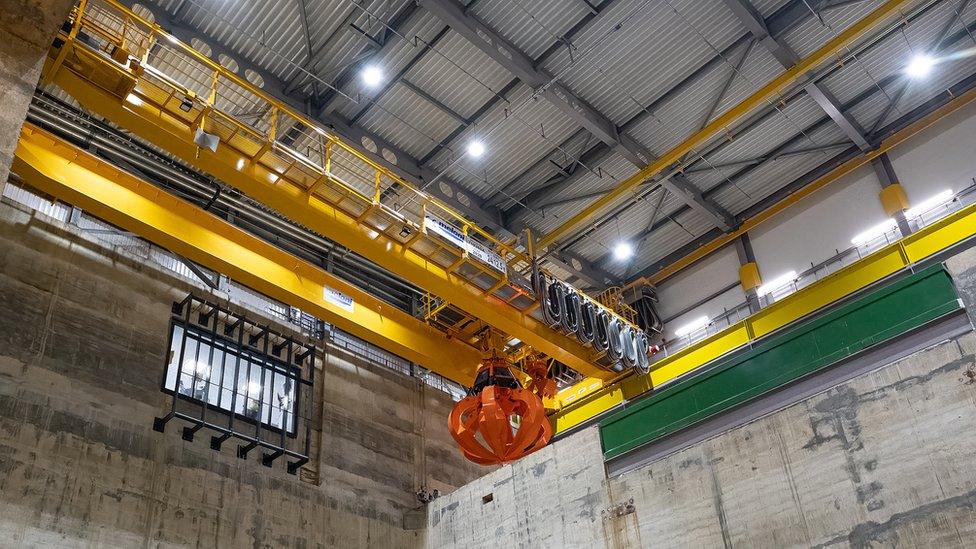
A giant grabber picks up the waste inside the plant and moves it to where it will be burnt
Bedford mayor Dave Hodgson has been against the plans from the outset.
He did not want the council's rubbish to be sent to the site, but, due to its waste contract with Veolia, its unrecyclable residential waste is sent to Stewartby rather than elsewhere.
A spokesman for the council said it "opposed the planning permission for this site which had been identified by the previous county council as a location for an incinerator".
"The decision to allow the incinerator to be operated by Covanta was taken by a government quango called the Infrastructure Planning Commission (IPC) which (in 2011) rode roughshod over the wishes of the local community and elected councillors.
"The concern that the council has consistently made concerning Covanta is that it is treating waste from a wide geographical area and as a result, it requires waste to be transported across the south of England by lorries."
The IPC was scrapped in 2012 and the Planning Inspectorate became the government agency responsible for operating the planning process for Nationally Significant Infrastructure Projects (NSIPs).
A spokesperson for the Planning Inspectorate said the organisation could not answer on its predecessor's behalf but did say: "For projects of National Significance, the examining authority listens and gives full consideration to local views and the evidence gathered during the examination before making its recommendation."

Find BBC News: East of England on Facebook, external, Instagram, external and Twitter, external. If you have a story suggestion email eastofenglandnews@bbc.co.uk, external
- Published15 June 2022
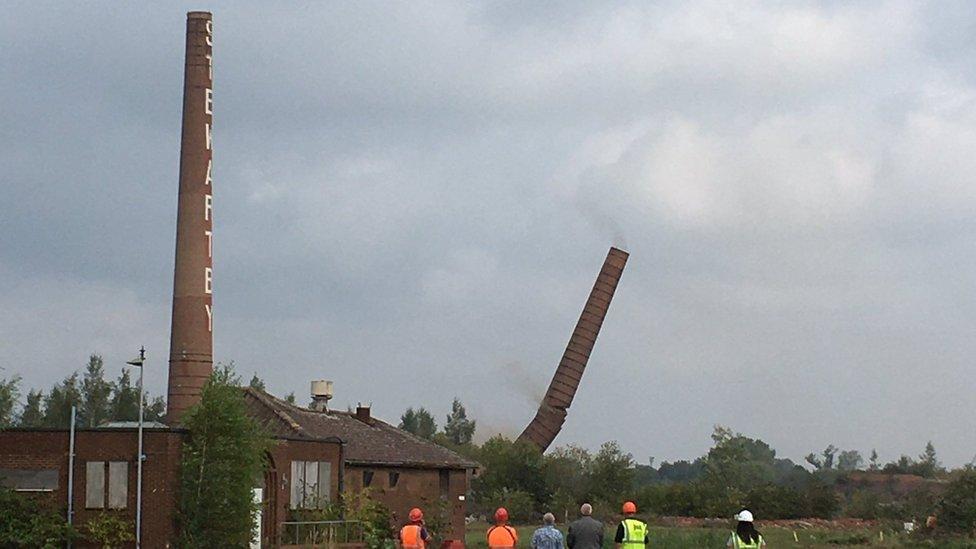
- Published25 May 2019
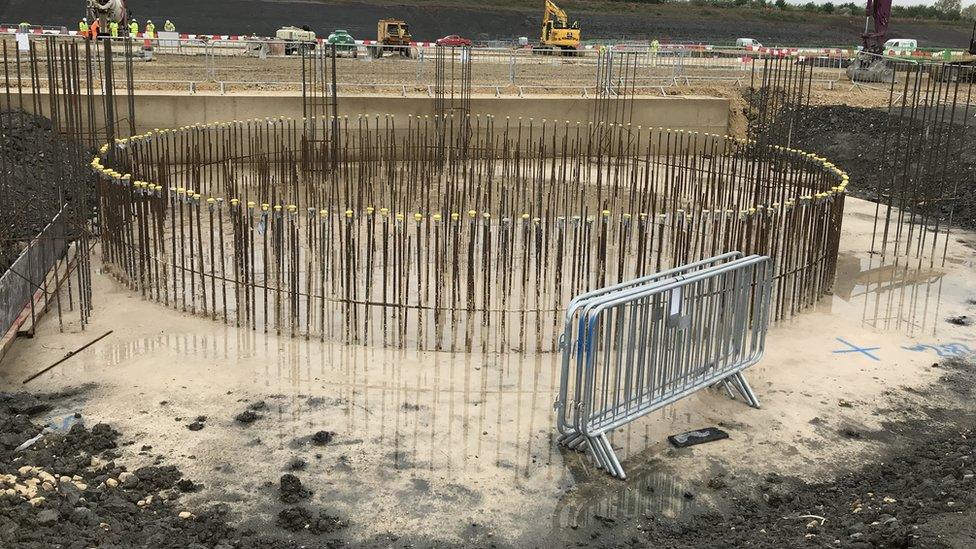
- Published6 November 2018
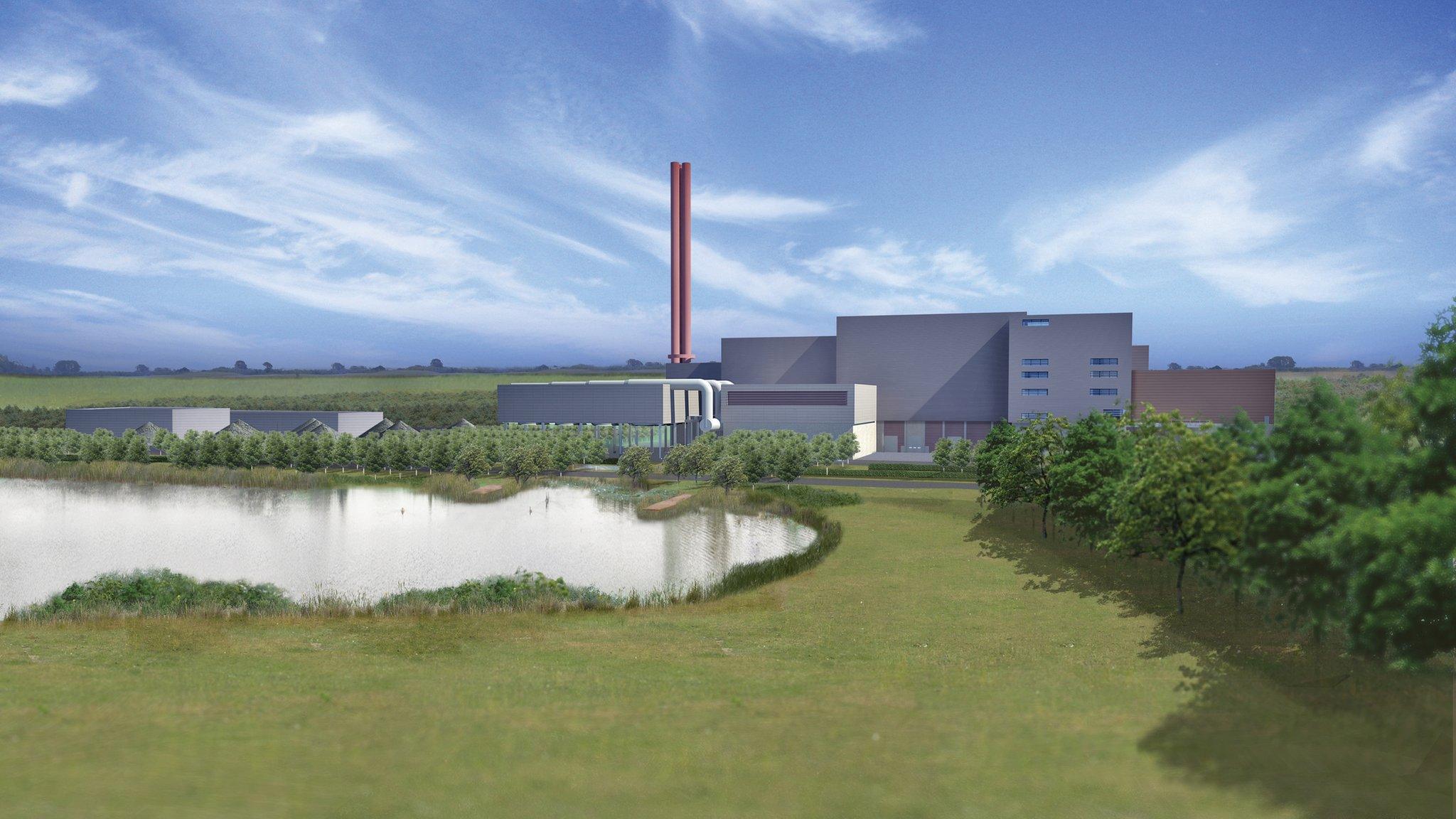
- Published27 January 2018

- Published17 December 2012
